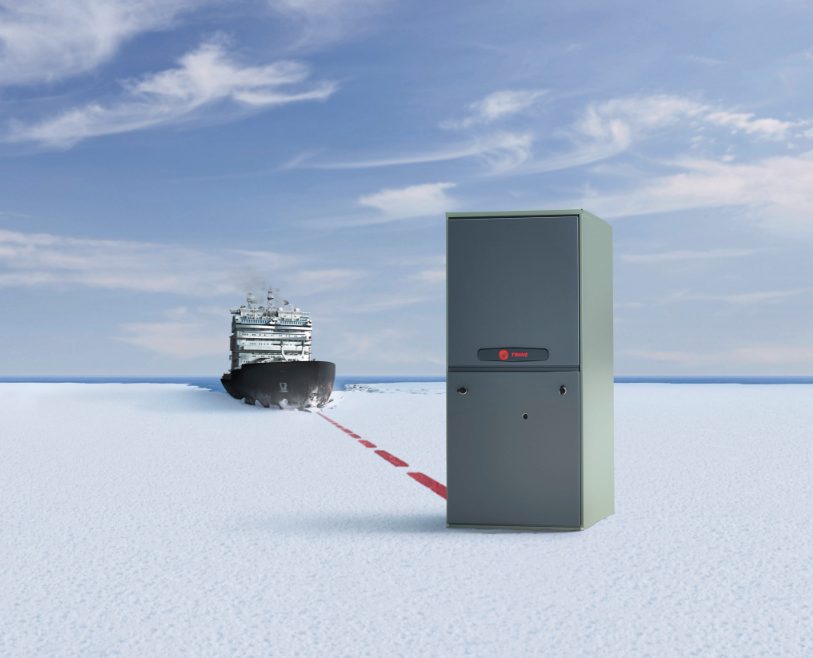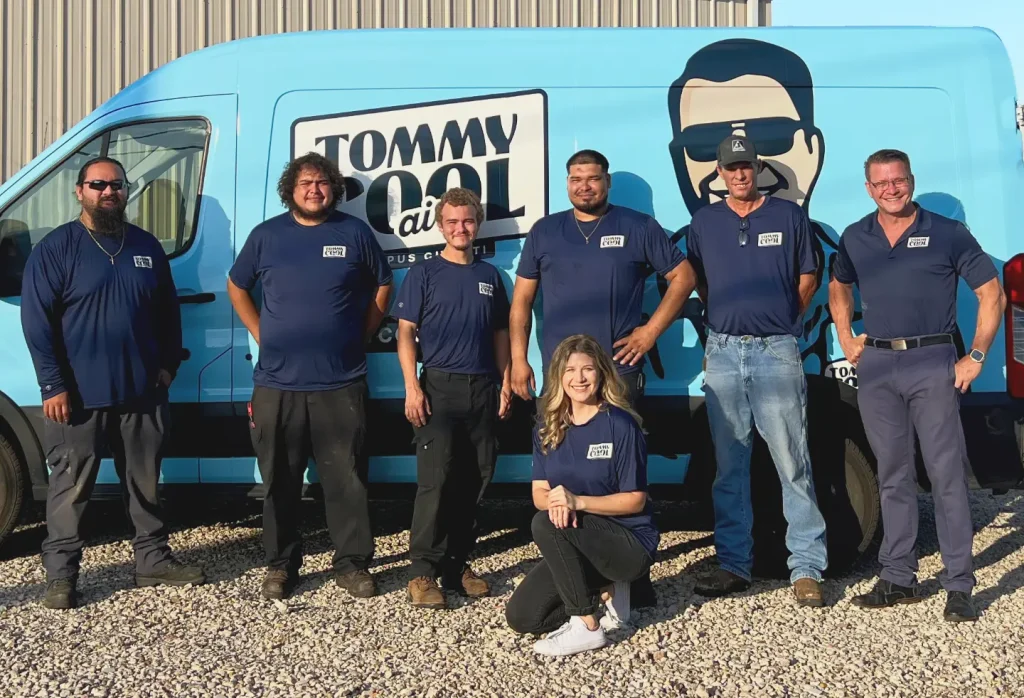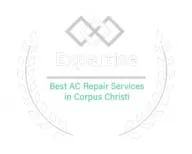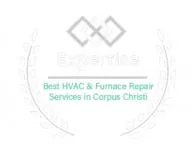A furnace carbon monoxide leak is one of the most dangerous and hidden hazards in the home. Carbon monoxide or CO is an odorless, colorless gas that, if not discovered early, can cause major health problems and even death. It is critical for homeowners to understand the hazards connected with carbon monoxide from furnace systems, how to spot a leak, and what to do if you believe your furnace is leaking carbon monoxide.
Carbon Monoxide and Your Furnace
Carbon monoxide forms when any fuel, whether gas, oil, kerosene, wood, or charcoal, is burnt. If your furnace is working correctly, this gas will be securely ejected outside your house. However, if the system malfunctions, carbon monoxide from the furnace may escape into your living area.
The Dangers of CO Exposure
Carbon monoxide exposure poses serious hazards, with symptoms commonly characterized as “flu-like” and including headache, dizziness, weakness, upset stomach, vomiting, chest discomfort, and disorientation. High quantities of inhalation can cause loss of consciousness and are potentially lethal. These carbon monoxide symptoms are especially harmful at night while people are sleeping since they may not wake up once the symptoms appear.
How CO Leaks Develop in Furnaces
Several factors can contribute to a furnace leaking carbon monoxide, including:
- Cracks in the Heat Exchanger: It is one of the most typical reasons. The frequent heating and cooling cycles on the heat exchanger may cause fractures to form over time, enabling CO to escape.
- Improper Ventilation: Blocked, broken, or badly built flue pipes can keep CO from leaving the house, causing it to recirculate within.
- Incomplete Combustion: This occurs when there is inadequate air supply in the furnace, resulting in excess CO generation.
Identifying and Preventing CO Leaks
Prevention and early diagnosis are critical in safeguarding your home against furnace carbon monoxide poisoning.
Installation of CO Detectors
It will be better to install carbon monoxide detectors on all levels of your home, particularly near sleeping areas. These sensors can alert you if CO levels rise as a result of a carbon monoxide leak in your furnace.
Regular Furnace Upkeep
Good Practices at Home
Check that there are no things restricting the airflow to and from your furnace. Regularly inspect and replace any filters, and keep the area surrounding the furnace clean and debris-free.
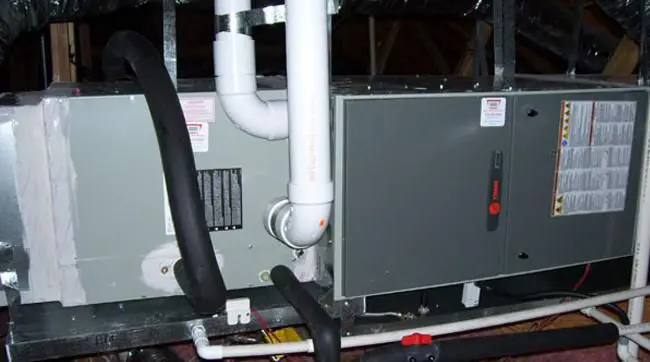
Recognizing Symptoms of CO Poisoning
Recognizing the symptoms of carbon monoxide from a furnace is critical for timely identification and safety. As mentioned above, sudden dizziness, headaches, exhaustion, and nausea are common indicators of CO poisoning, and they typically resemble flu symptoms but do not involve temperature.
It is vital to note that these can progress to more serious symptoms, including disorientation, impaired vision, and loss of consciousness. Be especially cautious during the winter months, when furnaces run regularly and the danger of exposure rises. If these symptoms arise, they indicate a probable CO exposure and must be addressed immediately.
When You Suspect a CO Leak
If your CO detector goes off or you suspect a leak based on physical symptoms:
Immediate evacuation: Make sure that everyone in the home, including the dogs, gets some fresh air outside.
Call for help: To check the CO levels in your home, call emergency furnace repair services or your local fire department.
Do not re-enter the house until it has been cleansed and certified safe by specialists.

